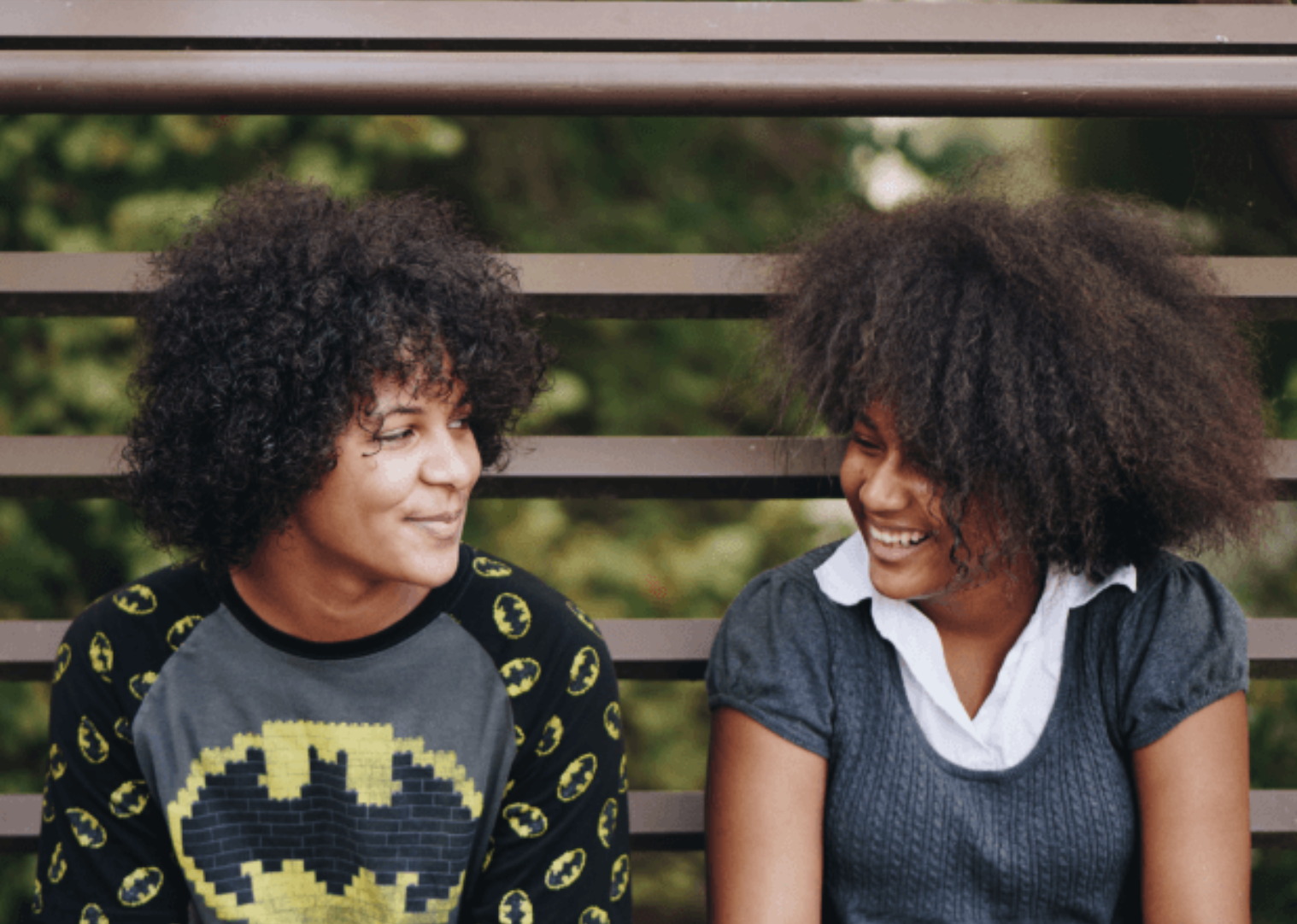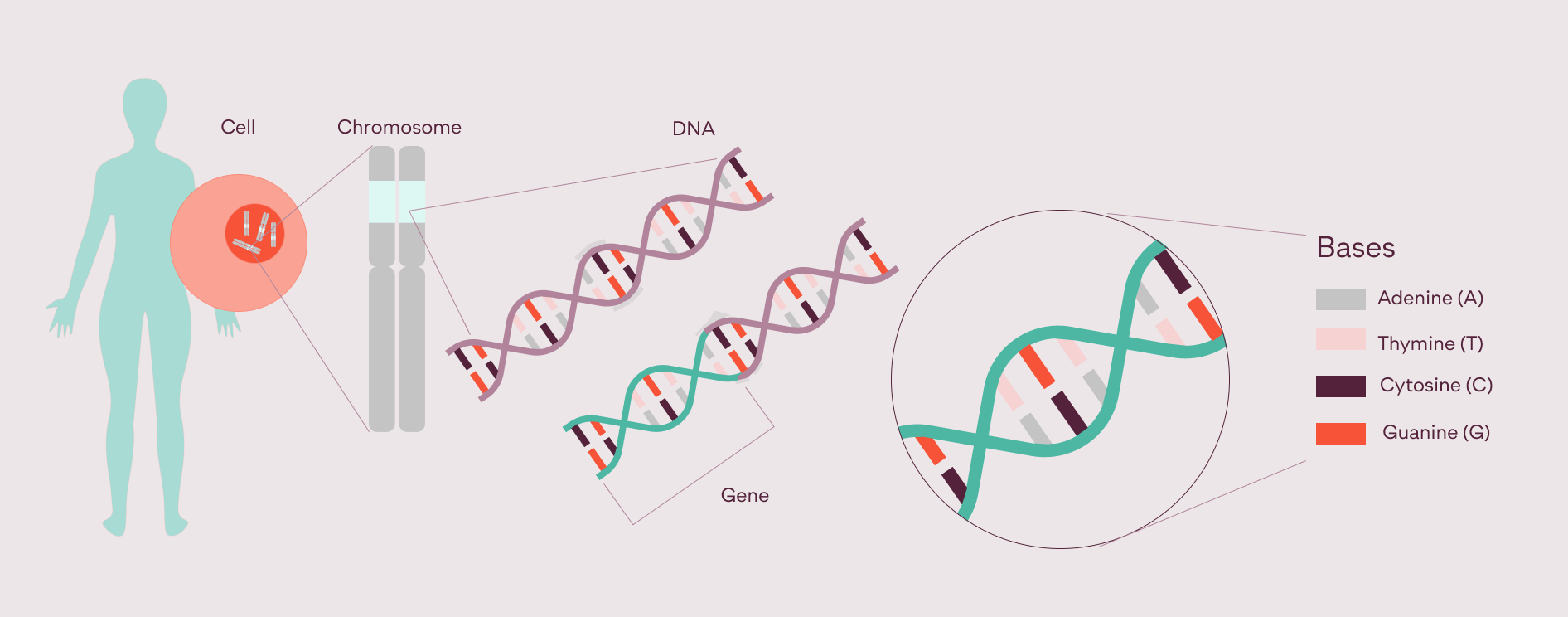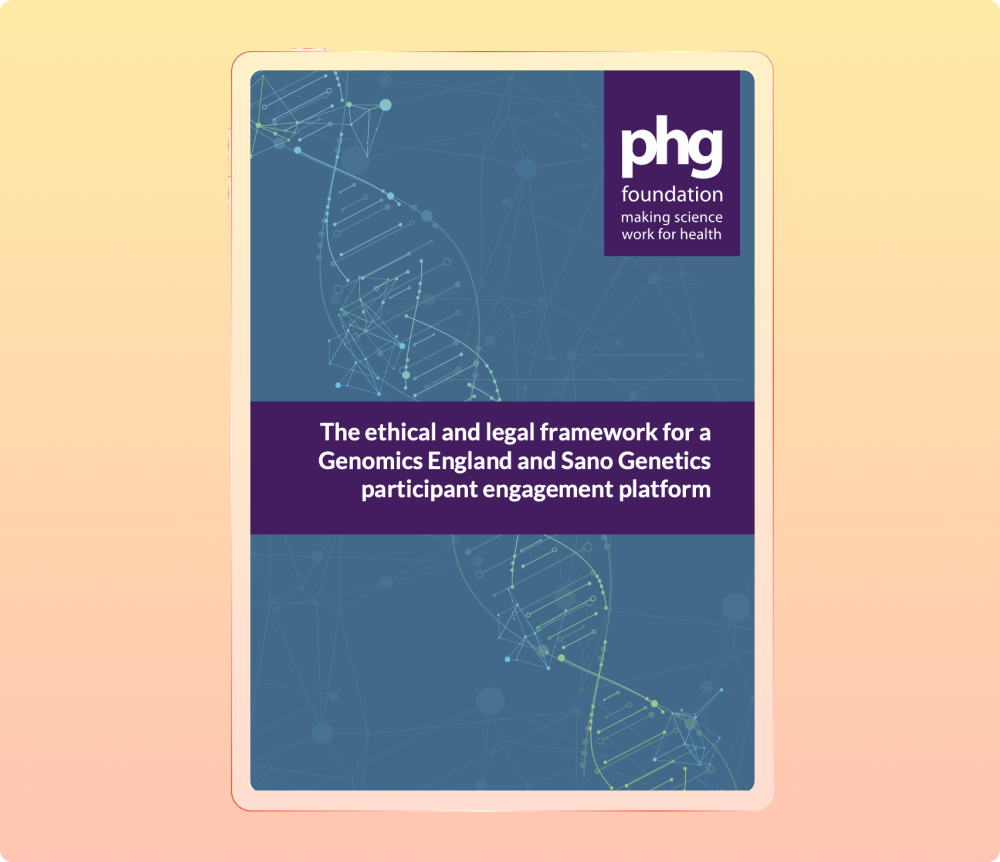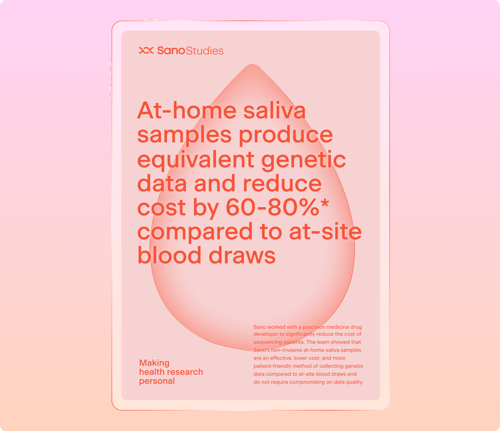
Will DNA be the same for siblings?
If we inherit half of our genes from our mother and half from our father, how much DNA do we share with our siblings?
As a species, humans share over 99.9 percent of their DNA with one another, leaving only 0.1 percent of genetic code to differ between each person. Each person's genetic code is made up of base pairs, which can be thought of as the "rungs of the DNA ladder".

Diagram illustrating base pairs in DNA
Our genome, the complete set of our DNA, is 3 billion letters long - the equivalent of 200 hundred telephone books. The genetic alphabet is composed exclusively of As,Ts, Cs and Gs (the chemicals adenine, thymine, cytosine and guanine) which comprise the base-pairs that make up the ‘rungs’ of our DNA ladder. Everybody’s genome, or set of telephone books, consists of the same number of books, chapters, and paragraphs. The differences are at the level of the words - the order of those As,Ts, Cs and Gs.
As each person’s genetic code is made up of around three billion base pairs, the 0.1 percent of DNA that differs between each person could represent up to three million differences in the spelling of our individual genomes.
How similar is the DNA of siblings?
The concept of ‘shared’ DNA differs depending on how much DNA is being compared. When comparing our whole genome, all 3 billion letters, we share about 99.9 percent with every other human. However, we can also analyse shared DNA by narrowing our scope and just comparing the 3 million genetic differences we know exist between individuals. Of these 3 million differences, on average we share about 50 percent of those with our full siblings.
Children inherit half of their DNA from their mother and half from their father. However, unless they are identical twins, siblings won’t inherit exactly the same DNA.
Depending on their biological sex, a parent will produce either a sperm or egg cell by meiosis. Meiosis is a process where a single cell divides twice to produce four cells containing half the original amount of genetic information. At fertilisation, two of these cells (one egg cell and one sperm cell) will unite to form a single cell. This cell will contain a full set of 46 chromosomes, which make up the child’s DNA.
What is a chromosome?
Chromosomes are thread-like structures, located inside the nucleus of animal and plant cells. Each chromosome contains a single molecule of DNA wrapped around spherical proteins called histones.
Before the chromosomes are halved and end up in cells of their own, they engage in a behaviour known as "crossing over" or recombination. During this cross-over, chromosomes will swap some genetic information with each other, resulting in even more variation between sex cells. These variations in sperm and egg cell DNA combinations are what leads to variation between siblings.
Did you know there are more than 8 million possible DNA combinations from 23 chromosome sets?
As an example, you could picture each parent’s complete set of genes as a deck of 52 cards. If they had a child together, the child would receive 26 cards from the mother’s deck and 26 from the father’s. If the same parents then had a second child, that child would also receive 26 cards from each parent to make a full deck. However, the second child won’t inherit the same set of 26 cards from each parent as their sibling. Due to probability, the two children would share about half of their total cards.
Can siblings share more than 50 percent of their DNA?
Research has shown that full siblings can share as little as 37 percent or as much as 65 percent of their genetic variants.
Do twins share the same DNA?
Identical twins are the only siblings who share 100 percent of their DNA. This is because identical twins are born when one zygote (formed by a sperm and egg cell) splits into two foetuses. This is quite a rare situation that only occurs in around three or four births per thousand. Because both foetuses are created from the same zygote, they are formed from the same gametes and therefore inherit the same genes. In the same regard, they will also always be the same sex (except in cases of Turner Syndrome).
However, this doesn’t mean that identical twins are exactly the same. Environment also plays an undeniable role in a person’s attributes. Even identical twins have different food preferences, body weights, and personalities. Research also shows that their gut microbiomes can be very different too.
Fraternal twins, on the other hand, are born when two eggs have been fertilised separately. This can happen if the mother releases two eggs at the same time, then each egg is fertilised by a different sperm cell from the father. In this case, like with any other siblings, the zygotes are formed from two different sets of sperm and egg cells, meaning they will likely only share around 50 percent of their genetic information. This also means they can be different sexes and won’t be identical.
Sons always inherit the Y chromosome from their father - so can brothers have the same DNA?
The 23rd pair of human chromosomes defines biological sex. Females will inherit X chromosomes from each parent, while males will receive an X chromosome from their mother and a Y chromosome from their father.
So in almost all cases, a biological female will have two X chromosomes and a biological male will have one X and one Y chromosome. These variations in X and Y chromosomes mean that brothers and sisters can never have identical genotypes. However, brothers will have the same DNA on their Y chromosomes. However, they will not have the same genotype overall because they will still receive variations on the X chromosomes from their mother.
Siblings can get different ancestry or ethnicity results
It’s very common for siblings to get different ancestry or ethnicity results. That’s because several different factors can affect the results of these tests.
Most commercial genetic ancestry tests work by pulling out and analysing selected sections of DNA. These results are then compared to the same DNA snippets from databases of people with confirmed roots in particular countries or continents, so that you can find out where in the world today people have genes that most closely match your own. This kind of testing is referred to as autosomal testing because it involves looking at the first 22 pairs of chromosomes (also known as the autosomes).
Each of these chromosomes is made up of hundreds or thousands of genes. These genes are the instructions our body has to tell us how to grow and operate. Among other things, they are accountable for our eye colour, hair colour, complexion, tendency to be thin or heavy, even if we prefer salty or sweet foods. Certain variations in these genes are common in specific geological areas, but rare in others, and some are only found within certain ethnic groups. Because of this, ancestry or ethnicity estimates can be created based on your genes.
Because you don’t inherit exactly the same set of genes as your siblings, these genetic variants will be different for each of you.
A good example of this was when a woman gifted her sisters some ancestry tests, as she wanted to discover if she was"the most Irish" sibling. It turned out that she wasn't, but the rest of the results varied widely between each sibling too, which helped them learn more about the variety of genes they'd received from each of their parents.
Ancestry and ethnicity tests calculate results by using databases of known samples. At the moment, most samples have come from North America and Europe so, for people from other parts of the world, results tend to be less specific. Collecting diverse genetic data is vital for not only better understanding heritage, but progressing precision medical treatments. The scientific community is working hard to ensure that genetic data is collected from diverse populations so that vital genetic research can benefit everybody.
Conclusion
When measuring "shared DNA" this usually refers to the 0.1 percent of genetic code we don’t share with EVERY other human. This 0.1 percent amounts to around 3 million genetic variants, of which we share around half with each of our siblings. The differences in genetic code between siblings are due to variations in the chromosomes passed down to them from their parents. This, more often than skeletons in the closet, also explains why some siblings will receive different ethnicity or ancestry results.
To find out more about your own health and traits, be sure to check out your Sano Personal DNA Reports.
The ethical and legal framework for a Genomics England and Sano Genetics participant engagement platform

Get in touch
We’ll respond to you within one working day

